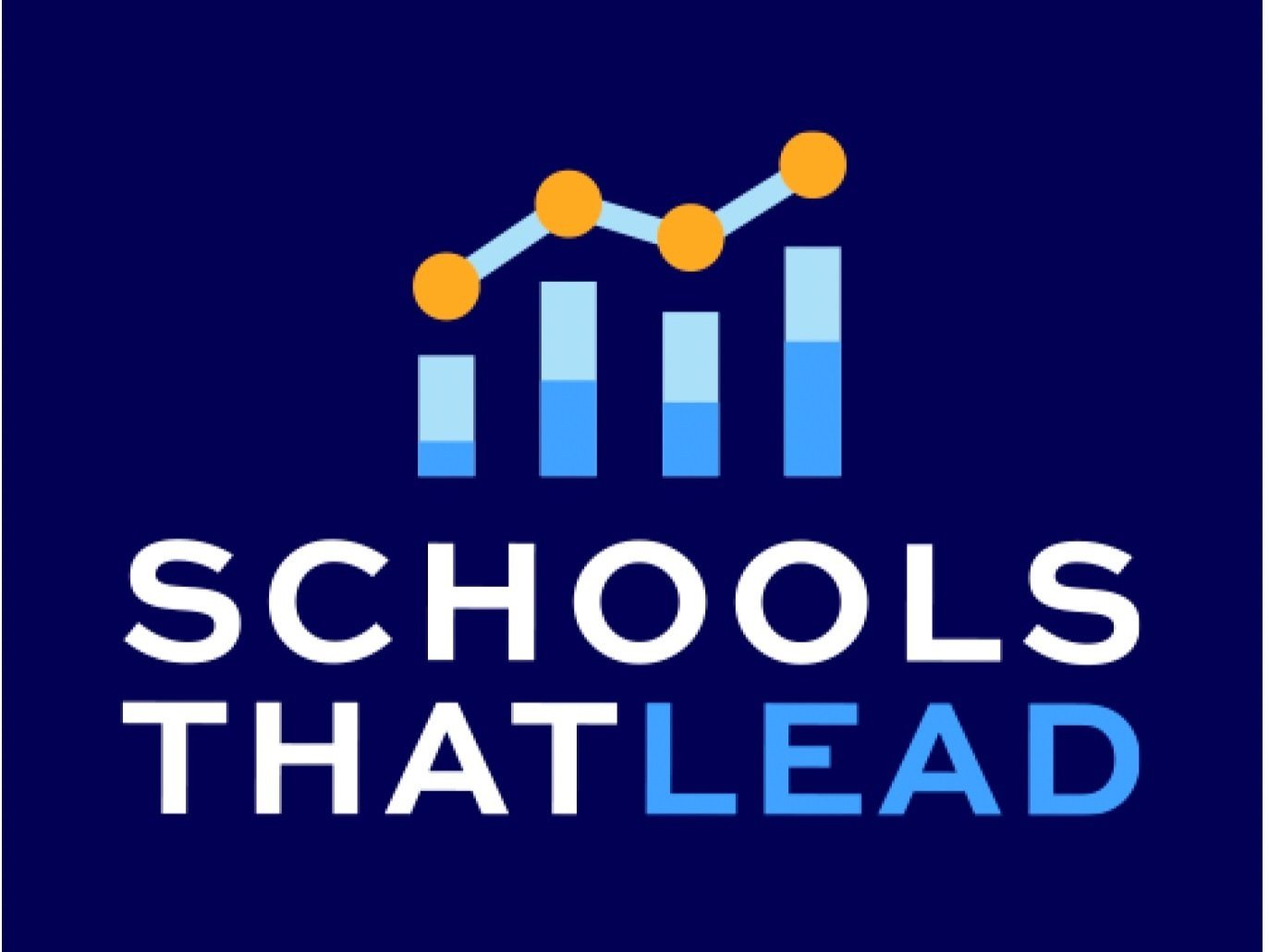How to Develop Non-Verbal Cues for Classroom Management
Non-verbal communication—body language, gestures, eye contact—plays a powerful role in shaping student behavior and fostering a calm, focused classroom environment. Non-verbal cues can improve classroom culture by reducing the need for repetitive verbal instructions, saving time, and minimizing disruptions.
We explain the key benefits of non-verbal cues, what they are, and how to develop them effectively. We’ll also explore evidence-based strategies and practical tips to help teachers incorporate non-verbal communication into their classroom management practices.
Key Insights
Improved Efficiency: Non-verbal cues reduce the need for constant verbal instructions, allowing teachers to focus on teaching.
Lower Stress Levels: Non-verbal signals decrease the frequency of disruptions, creating a calmer learning environment for students and educators.
Inclusive Communication: These cues support students with language barriers, learning disabilities, or those who struggle with auditory processing.
Fostering Independence: Teaching students to respond to non-verbal signals encourages self-regulation and responsibility.
What Are Non-Verbal Cues?
Non-verbal cues are silent, visual, or physical signals used to guide behavior or communicate expectations without speaking. These include gestures, facial expressions, eye contact, and even the strategic use of space or proximity.
Benefits of Non-Verbal Cues in the Classroom
Impact on Behavior: 80% of classroom behavior issues can be mitigated through clear expectations and consistent non-verbal communication.
Efficiency: Teachers spend an average of 50 hours annually repeating verbal instructions. Non-verbal cues drastically reduce this need, freeing up valuable teaching time.
Engagement: Non-verbal communication enhances student engagement by up to 25%, as students are more likely to respond to visual or physical cues than verbal repetition.
Examples of Non-Verbal Cues in Action
The Look: A direct but non-threatening gaze signals students to refocus their attention.
Hand Signals: Simple gestures, such as raising a hand to request silence or a thumbs-up for approval, can effectively manage transitions.
Proximity Control: Walking closer to a disruptive student often curtails misbehavior without interrupting the lesson.
Facial Expressions: A smile, frown, or raised eyebrow communicates expectations or approval without saying a word.
Non-verbal cues are not only effective but also inclusive, as they accommodate students with diverse learning needs.
How to Develop Non-Verbal Cues for Classroom Management
Developing non-verbal cues for classroom management requires a thoughtful and systematic approach. These silent signals can help streamline communication, reduce disruptions, and foster a more productive learning environment. By following these practical steps, educators can effectively implement non-verbal cues tailored to their unique classroom needs. Here’s how to get started:
1. Identify the Behaviors You Want to Address
Start by pinpointing common classroom challenges—talking during instructions, lack of focus, or excessive movement. Tailor your non-verbal cues to address these specific behaviors.
2. Introduce Cues Early
Introduce non-verbal cues on the first day of class. Use role-playing to demonstrate their meaning, ensuring all students understand and can respond appropriately.
3. Be Consistent
Consistency is key. Use the same cue for the same behavior every time to reinforce its meaning. Inconsistent use can confuse students and reduce the effectiveness of the cue.
4. Combine Cues with Verbal Instructions
Initially, pair non-verbal cues with verbal instructions. For example, use a hand signal for quiet while saying, “Let’s bring the noise level down.” Gradually phase out the verbal component.
5. Monitor and Adjust
Observe how students respond to non-verbal cues and make adjustments as needed. If a cue isn’t working, tweak it or try a different approach.
6. Use Positive Reinforcement
Acknowledge and reward students who respond well to non-verbal cues. This reinforces the desired behavior and encourages others to follow suit.
7. Leverage Technology
Apps and tools like ClassDojo offer digital non-verbal cues, such as visual signals displayed on a smartboard, to guide student behavior effectively.
The Bottom Line
Non-verbal cues are a powerful yet underutilized tool in classroom management. By incorporating gestures, facial expressions, and other silent signals, teachers can create a more efficient, inclusive, and positive learning environment.
While non-verbal cues aren’t a one-size-fits-all solution, their adaptability makes them valuable for addressing diverse classroom needs. As research shows, consistent and thoughtful use of non-verbal communication can significantly enhance classroom dynamics and student outcomes.
FAQs
1. What are some common non-verbal cues teachers can use?
Teachers can use eye contact, hand signals, facial expressions, and proximity control to guide student behavior. For example, a raised hand can signal silence, while walking closer to a disruptive student can curtail misbehavior without saying a word.
2. How can non-verbal cues help students with special needs?
Non-verbal cues provide visual or physical prompts that are easier to process for students with auditory processing difficulties, language barriers, or learning disabilities. Tools like visual schedules or gesture-based cues can significantly enhance their understanding and engagement.
3. Can non-verbal cues replace verbal instructions completely?
No, non-verbal cues are meant to complement, not replace, verbal instructions. They are particularly effective for reinforcing expectations, managing transitions, and addressing behaviors without disrupting the flow of a lesson.
4. How do I ensure students understand my non-verbal cues?
Introduce and explain your non-verbal cues at the beginning of the school year. Demonstrate their meaning through role-play and provide consistent practice to reinforce their significance.
5. Are non-verbal cues effective in older classrooms, like high school?
Yes, non-verbal cues can be adapted for older students. Subtle gestures like a head nod or raised eyebrow are effective for maintaining classroom focus while respecting students’ maturity.

DANA C. DIESEL
Dana is President and CEO of Schools That Lead, Inc. She also teaches courses at Wilmington University on the use of improvement science in schools to students pursuing their doctorates in educational leadership.


